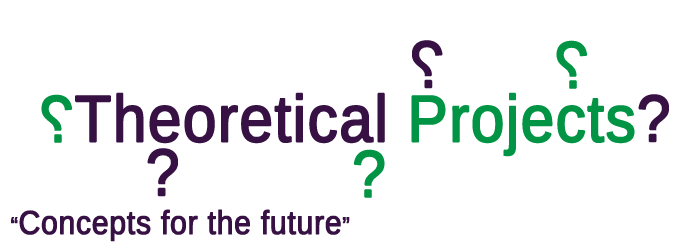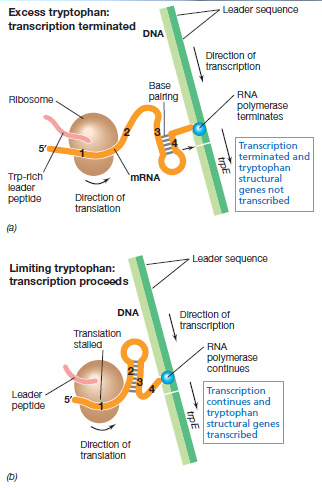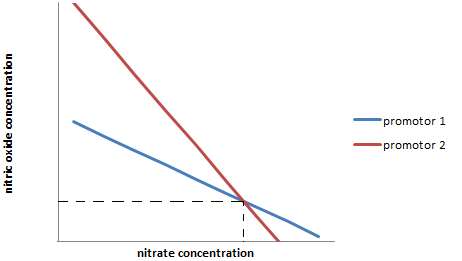Team:NRP-UEA-Norwich/TheoreticalProjects
From 2012.igem.org
(→Multi-Sensor System) |
(→Multi-Sensor System) |
||
| Line 21: | Line 21: | ||
Any problems encountered again and again by synthetic biologists is that specific promoters do not exist for a particular ligand and it is very difficult to construct a transcription factor that is specific to the ligand required. There are however often broad spectrum (non-specific ) promoters that can be found for a particular ligand these promoters and their transcription factors will induce transcription initiation when exposed to (or not exposed to) this ligand but also when exposed to other similar ligands. Assuming competitive binding there is an interesting effect which can be exploited to give specific and accurate concentrations of each of the ligands which will bind to and that transcription factor. In its simplest form if there are two different transcription factors each of which will cause transcription when exposed to either or both of two different competitive ligands with different lead constructive active sites and then there will be a different bias in each active site to each ligand meaning any particular transcription rate in one of the promoters indicates any of a continuous range of ratios between the two different ligands (for example nitrates and nitrites) as seen on line 1 (figure 1). Because the two different construction factors have different binding efficiencies to the two different ligands the line of the other promoter will take a different angle (line 2) the point when these two lines cross gives the concentration of both ligands specifically even though the two different promoters are non-specific. | Any problems encountered again and again by synthetic biologists is that specific promoters do not exist for a particular ligand and it is very difficult to construct a transcription factor that is specific to the ligand required. There are however often broad spectrum (non-specific ) promoters that can be found for a particular ligand these promoters and their transcription factors will induce transcription initiation when exposed to (or not exposed to) this ligand but also when exposed to other similar ligands. Assuming competitive binding there is an interesting effect which can be exploited to give specific and accurate concentrations of each of the ligands which will bind to and that transcription factor. In its simplest form if there are two different transcription factors each of which will cause transcription when exposed to either or both of two different competitive ligands with different lead constructive active sites and then there will be a different bias in each active site to each ligand meaning any particular transcription rate in one of the promoters indicates any of a continuous range of ratios between the two different ligands (for example nitrates and nitrites) as seen on line 1 (figure 1). Because the two different construction factors have different binding efficiencies to the two different ligands the line of the other promoter will take a different angle (line 2) the point when these two lines cross gives the concentration of both ligands specifically even though the two different promoters are non-specific. | ||
| - | [[File:IGEM_multi_sensor_diagram_1_12.09.23.png | | + | [[File:IGEM_multi_sensor_diagram_1_12.09.23.png | 200px | right]] |
this effect can be modelled on more than just two substrates. Visually the system can be modelled with each concentration being a different access on a graph (which can soon become hyper dimensional) when you add a third ligand it can soon be seen that the two lines on figure 1 become two planes which intersect along one line (fig 2 ). this means that a third promoter and transcription factor are necessary (the same way that two pinpoint any single point in three-dimensional space it must be triangulated from three other points). Once the third promoter and transcription factor is added the three planes created intersect at a single point which gives the specific concentration of each of the ligands( fig 3 ) . When four ligands are used a hyper dimensional graph of four spatial dimensions with four different plains each pertaining to a single promoter and transcription factor will all intersect at a single point giving the specific concentration of each of the four ligands (and so on and so on). | this effect can be modelled on more than just two substrates. Visually the system can be modelled with each concentration being a different access on a graph (which can soon become hyper dimensional) when you add a third ligand it can soon be seen that the two lines on figure 1 become two planes which intersect along one line (fig 2 ). this means that a third promoter and transcription factor are necessary (the same way that two pinpoint any single point in three-dimensional space it must be triangulated from three other points). Once the third promoter and transcription factor is added the three planes created intersect at a single point which gives the specific concentration of each of the ligands( fig 3 ) . When four ligands are used a hyper dimensional graph of four spatial dimensions with four different plains each pertaining to a single promoter and transcription factor will all intersect at a single point giving the specific concentration of each of the four ligands (and so on and so on). | ||
Revision as of 12:08, 23 September 2012
 "
"



